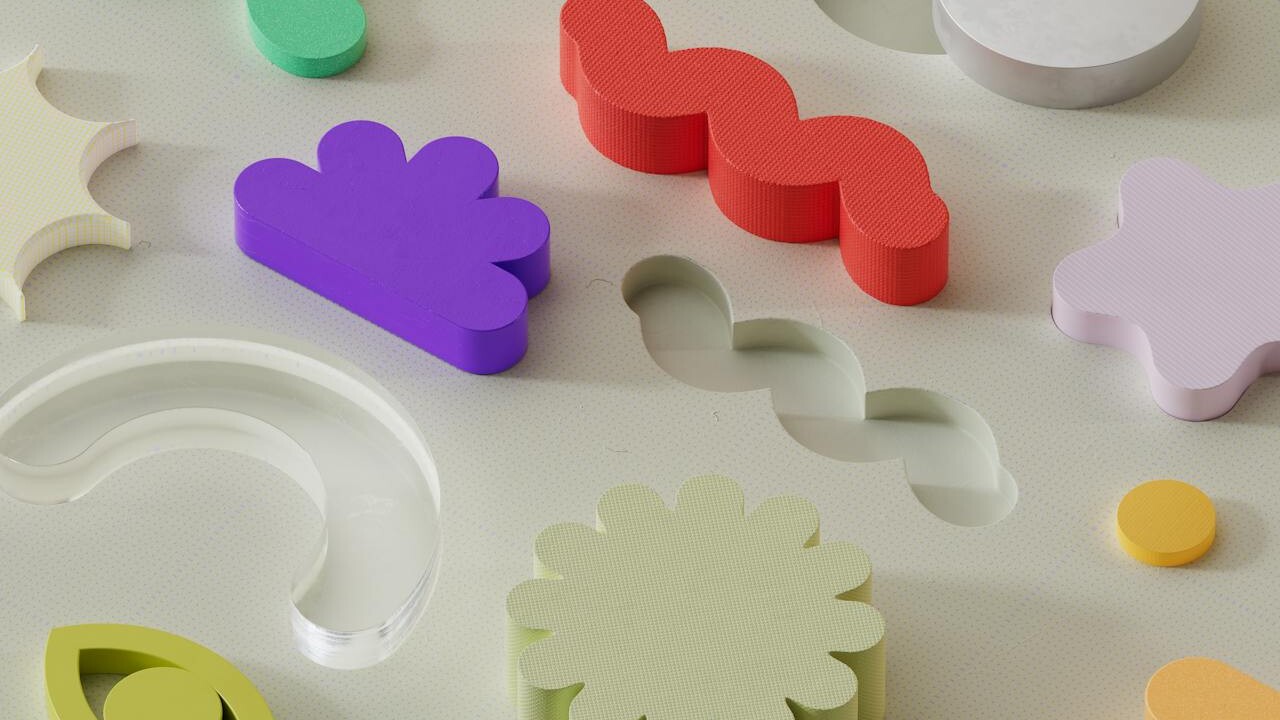Branding and UX Design for Exceptional User Experiences
In the contemporary digital landscape, the interplay between branding and user experience (UX) design has never been more crucial. As businesses strive to establish their identities and connect with their audiences in meaningful ways, the fusion of branding and UX emerges as a pivotal strategy for success. This article explores the essentiality of cohesiveness between branding and UX, demonstrating how their synergy not only enhances user engagement but also fosters brand loyalty.
Brand systems encompass the comprehensive set of visual, verbal, and experiential elements that together articulate a brand’s identity and values across various platforms and touchpoints. This system includes a brand’s logo, color palette, typography, imagery, and messaging tone, all of which work in harmony to convey a consistent and recognizable brand experience. Design language, a component of the brand system, refers to the unique set of design principles and patterns that guide the creation of products and digital experiences. It ensures that every aspect of a brand’s offerings remains true to its identity, fostering a sense of familiarity and trust among users. By establishing a cohesive design language, brands can achieve a unified presentation that resonates with their audience, enhancing brand recognition and loyalty.

UI (User Interface) elements are the tangible expressions of a brand’s design language within its digital products, serving as the direct touchpoints through which users interact with the brand online. These elements include buttons, icons, spacing, layout, and interactive components that not only make up the aesthetic aspect of a digital product but also its usability and functionality. The thoughtful application of a brand’s design language to UI elements ensures that every interaction a user has with the product is infused with the brand’s identity, creating a seamless and immersive experience. This alignment between brand systems, design language, and UI elements is crucial in delivering a consistent UX that effectively communicates the brand’s values and meets users’ expectations, ultimately driving engagement and satisfaction.
Branding: The Soul of Your Digital Presence
Branding extends far beyond mere logos and color schemes; it encapsulates the core essence and personality of a business. It’s the promise a company makes to its customers, embodying its values, mission, and what it stands for. When users interact with a digital product, the brand’s presence should be palpable at every touchpoint. This consistency in branding across platforms aids in building trust and recognition, making the brand memorable in the crowded digital space.
However, for branding to truly resonate, it must be seamlessly integrated with the UX design. This integration ensures that the brand’s voice, tone, and visual elements are not only consistent but also enhance the usability and accessibility of the digital product. When users feel a sense of familiarity and alignment with the brand’s ethos through every click and swipe, a deeper emotional connection is forged, elevating the overall experience.
UX Design: The Framework of Engagement
UX design is the scaffold that supports user interactions, guiding them through a digital landscape with ease and intuition. It’s about understanding the user’s needs, behaviors, and frustrations, and crafting an experience that not only meets but exceeds their expectations. This involves a meticulous design process, focusing on usability, functionality, and the overall journey a user undertakes within the digital environment.
The synergy between branding and UX becomes evident when the brand’s identity is thoughtfully woven into the UX design. This doesn’t mean overwhelming users with overt branding elements but rather subtly incorporating brand values and aesthetics into the design. For instance, the use of specific colors, typography, and imagery that align with the brand can create a cohesive experience that feels both familiar and engaging. Moreover, microcopy infused with the brand’s voice can turn mundane interactions into moments of delight, reinforcing the brand’s personality.
Achieving Cohesiveness: Strategies for Success
To achieve a cohesive relationship between branding and UX, businesses must adopt a holistic approach to their digital strategy. This involves:
- Cross-disciplinary Collaboration: Teams responsible for branding and UX should work closely, ensuring that decisions are made with a mutual understanding of both brand identity and user needs.
- Consistent Brand Messaging: Every element of the UX, from navigation menus to error messages, should reflect the brand’s voice and tone, creating a consistent narrative throughout the user’s journey.
- User-Centered Design: Design decisions should be informed by user research, ensuring that the UX not only aligns with the brand but also addresses the users’ needs and expectations.
- Iterative Testing: Regular testing and feedback loops can help identify areas where the branding and UX might not fully align, allowing for adjustments that refine the overall experience.
The Path to Memorable Experiences
The convergence of branding and UX design is not merely a trend but a fundamental aspect of creating digital products that resonate with users on a deeper level. By ensuring cohesiveness between branding and UX, businesses can craft experiences that are not only usable and enjoyable but also deeply reflective of the brand’s identity. In doing so, they not only captivate their audience but also foster a sense of loyalty and trust that can stand the test of time in the digital age.



